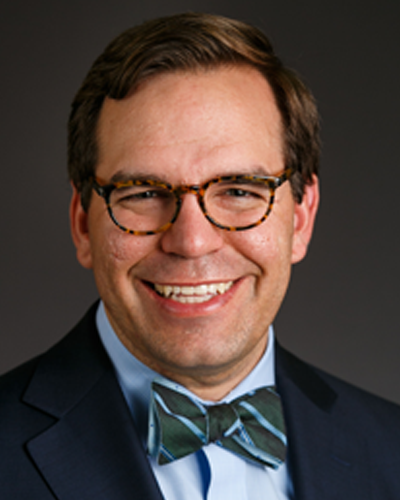If you’ve ever sweated making payroll or wondered how you could possibly scrounge up enough cash to pay your distributor bill on time or just found it hard to pay yourself, you know the stress of having tight cash flow.
Tight cash flow usually happens because the practice’s profits aren’t enough to pay taxes, pay back loans, pay the bills, and pay the owner what he or she wants. Occasionally, owners will inadvertently take out more cash than the practice generates (more often than not, this is a risk for partnerships).
One way to prevent the scramble to make payroll or pay your bills on time is to have a solid plan for managing the cash reserves of your practice. As the saying goes, “cash is king”, so let’s look at a couple of ways to set and manage your cash reserves.
How much is enough?
Let me suggest two ways to determine how much you need to keep in cash reserve.
Method 1: One Month’s expected expenses
This is borrowed from J.R. Armstrong, a CPA at May & Company, who works with OD practice owners from coast to coast. His conservative rule of thumb is to keep one month’s expected expenses in reserve.
For example, consider a $1M revenue, single-OD practice with a solid net income and modest debt service. A sense of annual expenses might look like this:

In this case, the operating expenses and debt service are $720,000 per year ($1,000,000 - $280,000 = $720,000). One month’s expenses, then are $720,000 ÷ 12 = $60,000. Again, to target $60,000 in cash reserves is somewhat conservative.
Method 2: Track the Change in Your Cash Balance
Another useful way to determine how much you need in cash reserves is to simply track, for several months, the beginning, high, low and ending balance in your checking account. For instance, your checking balance might regularly peak at $75,000 and bottom out at $25,000.
Your swing in cash balances, then, is $50,000. And this can inform how much cushion you need in your checking account to
Some practice owners, having struggled with profitability and cash flow for years, will have trouble imagining HOW they could build their reserves to even $15,000 or $20,000. But for others, the mistake runs in the other direction – they keep too much in reserve. A $1M practice just doesn’t need $100,000 in the checking account to support its ordinary operations.
Excess cash in your practice checking account really isn’t doing anything for you. It isn’t buying new frames you can sell or instruments you can use to attract new patients and drive incremental revenue per patient. Whatever interest it earns isn’t that great. It’s even potentially at risk if you get sued. Bottom line: you need an appropriate amount of cash in the practice. Take everything else out as income.
Now what?
Once you have the target, you have a way to judge how much income you can take from the practice. You should take a regular salary, which is probably half or two-thirds of your total expected income. The practice should be earning more than your salary.
Then, on a monthly or quarterly basis, use the cash reserve target to determine your bonus. Going back to the previous example, if your target is $60,000 and you have $85,000 in the checking account, take a $25,000 bonus. If your checking account balance is below $60,000, skip the bonus and let your reserves build back up.
The great thing about using your account balance is that it keeps you from missing the fact that your P&L net income doesn’t tell you everything about the money flowing out of your practice. Using your account balance to determine how much income to take forces you to take care things like your quarterly taxes and principle payments on loans first, before paying yourself.
It also reminds you that you need to take money out of your practice. So if you have enough money for your expected expenses and you’ve paid the government and your creditors, there’s one more person who needs to be paid: you!

After graduating, he spent a year working abroad. During that time, he worked for two firms in San Jose, Costa Rica. He interned with Grupo Juridico de San Jose, working in environmental policy to protect a threatened parcel of land, then he worked as a project manager for a US-owned precision machining shop. Nathan then spent 6 months working with street children and orphans in Mexico.
Before getting into the healthcare industry, he was an Assistant Store Manager and completed the Corporate Training Program with Haverty’s Furniture Company in Atlanta, GA. Nathan and his wife Heather have a son, Daniel, and a daughter, Hannah. In his spare time, Nathan enjoys reading and outdoors activities - especially cycling and hiking.












